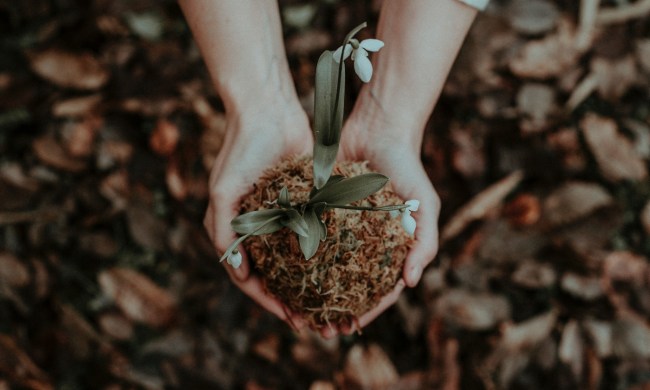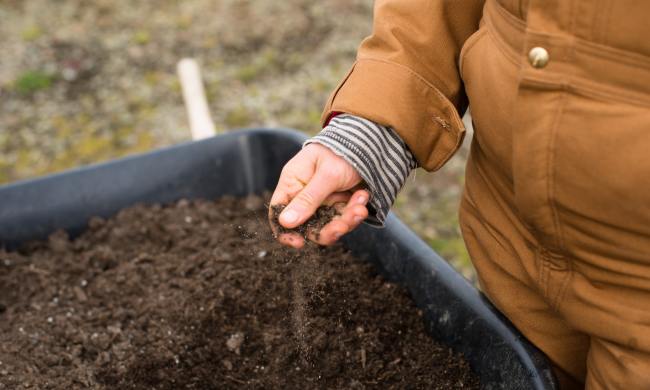Every year, new scientific advances are being made to help improve our lives, but unless you’re actively seeking out these studies, it can be hard to keep track of them. One new development you may have missed is electrogardening. Studies into how we can use electricity in gardening have been ongoing for years — with shocking results! In this guide, we’ll break down what this new science is, how it works, and what it could mean for you and your garden.
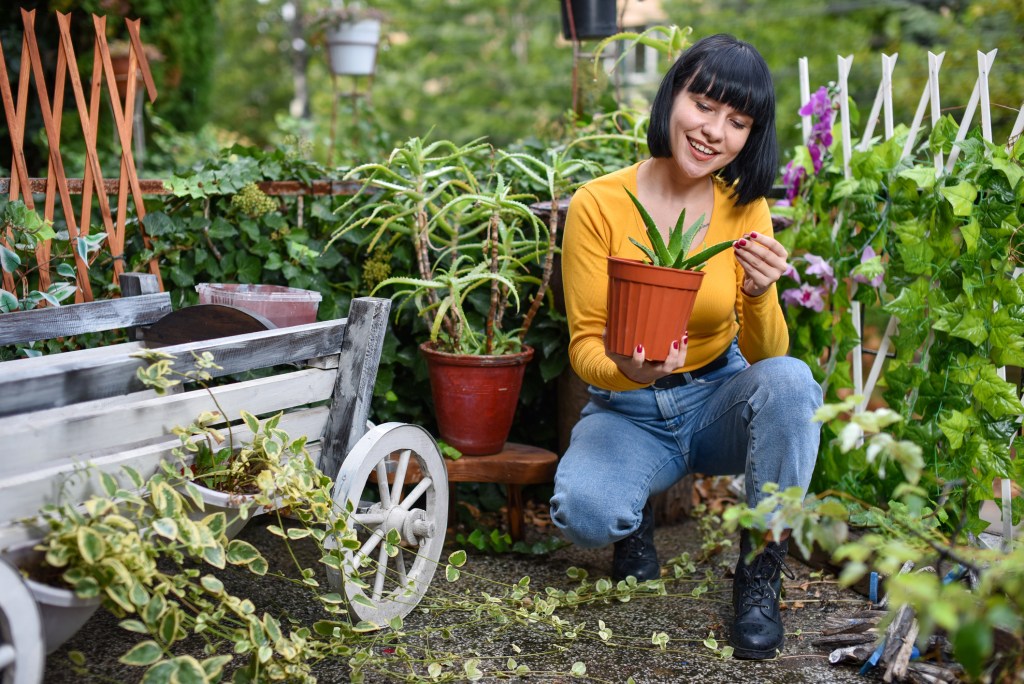
What is electrogardening?
The electrogardening gardening method, sometimes also called electroculture, uses electricity to promote healthy plant growth. This can be done by electrifying the plant, water, or soil directly, but it can also involve creating an electromagnetic field around the plant.
The earliest studies involved running electrical currents through the plants directly or watering them with electrified water, with varying degrees of success. Some researchers saw significant improvement, with electrified plants germinating and growing more quickly than their non-electrified counterparts, as well as producing more fruit or seeds. However, not all researchers had the same results, and the methodology used in the successful studies was questioned.
More recent studies, like this one performed by researchers Xunjia Li et al, place an electromagnetic field around the plants. They saw similar results, with seeds germinating and growing more quickly and yielding more fruit. Studies into this newer method of electrogardening are still ongoing.
This method has become especially popular in organic gardening circles. Since it doesn’t involve harmful chemicals, it could eventually become a replacement for more environmentally harmful pesticides and fertilizers.
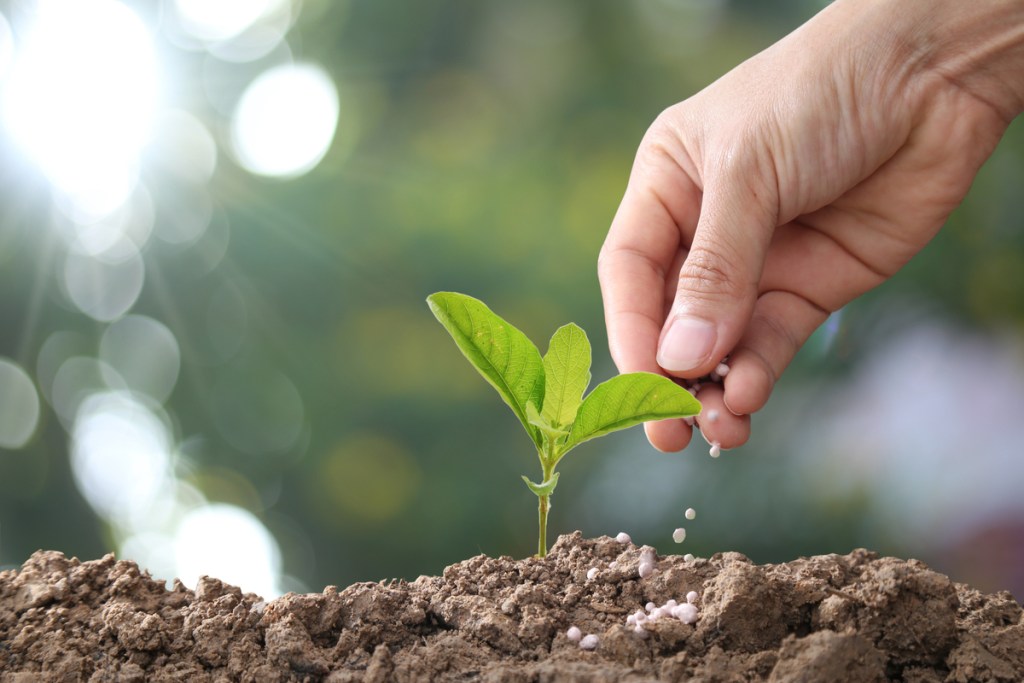
How does it work?
Unfortunately, part of the problem with recreating these results is that researchers have yet to pin down exactly why electricity has this effect on some plants. There are a few prominent theories, though. This study from 2008 claims that electricity causes plants to produce more of certain chemicals, which could impact their growth. Other theorists believe the electricity could be reacting to various minerals or elements in the air, water, or soil, making them easier to absorb. Another idea is that electricity could be a deterrent for harmful pests, bacteria, or fungi, leading to healthier plants overall.
These aren’t the only options, either! Just like most living organisms, plants are complicated, and electricity could be interacting with parts of them that we don’t fully understand yet. Additionally, not all plants have the same needs. This means that electroculture might be more effective on some plants than others. Ultimately, we’ll need to wait for more studies to see how and why this phenomenon occurs.
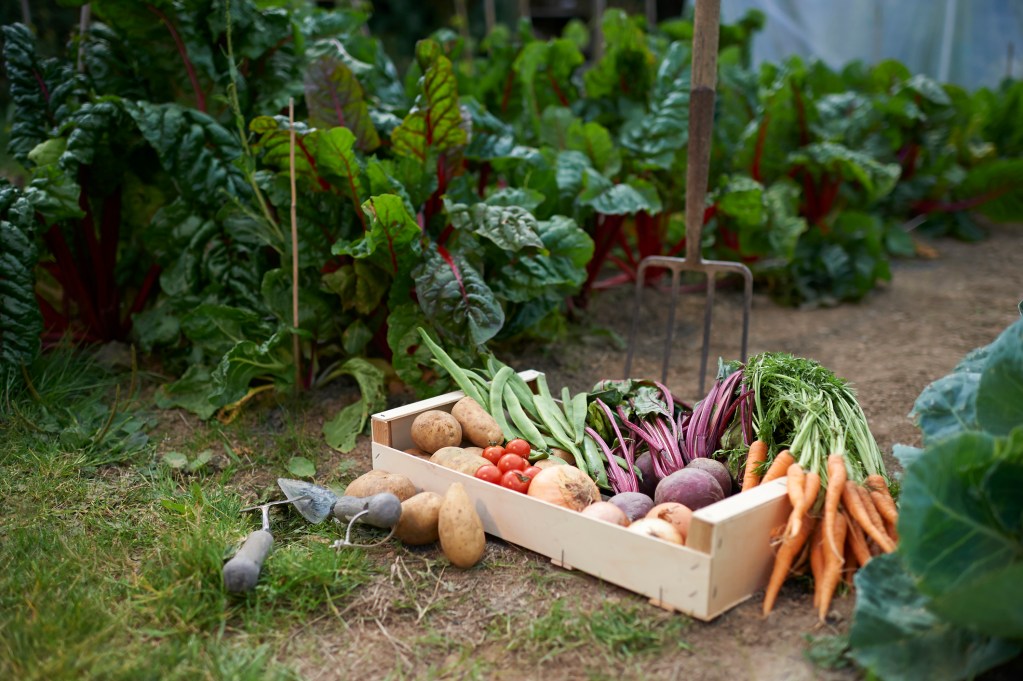
What does this mean for your garden?
For the moment, nothing. While the results of these studies sound promising, it’s important to remember that not all of these studies have yielded the same results. However, it’s definitely a trend to keep your eyes on. As researchers complete more studies and new information comes out, you’re likely to see a wave of new gardening gadgets to make electroculture easier and safer to practice at home.
Although we don’t have a definitive answer on if, how, or why electrogardening works yet, it doesn’t hurt to stay on top of this gardening trend. Keep your eyes peeled so that you can be ahead of the curve. If scientists are able to confirm that electroculture is effective, it truly could revolutionize your garden!


